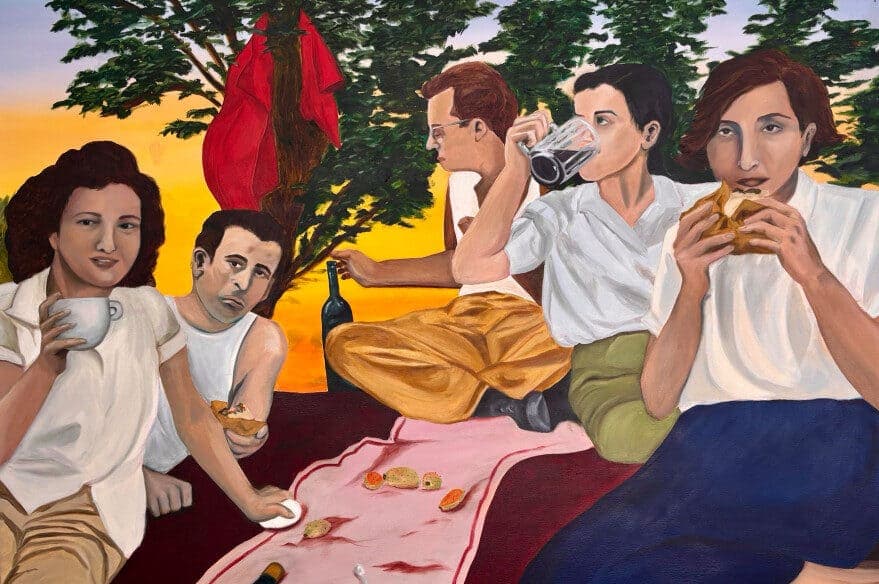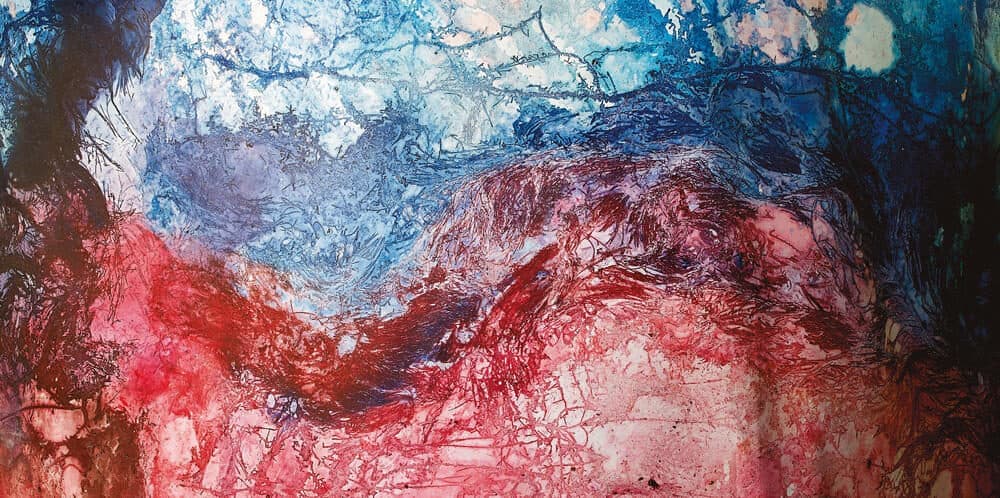CURRENT EXHIBIT
The Art of Picnic: An Invitation to Pause, Gather & Savor
- Curators: Tamar Lamdan & Carmit Shine
- Dates: September–December, 2025
- Opening Reception: Thu, Sep 4, 6:30 pm | Learn More
- Pastel Drawing Workshop in lobby: Wed, Sep 10, 6–8 pm| Learn More
- Communal Picnic: Join us for a cozy indoor picnic experience in our gallery!
- Sun, Nov 23, 11 am-1 pm | Learn More

Gallery exhibits and programs are made possible with the generous support of The Laurie M. Tisch Illumination Fund. Additional support is provided by the New York City Department of Cultural Affairs in partnership with the City Council and the generosity of individual donors.


